How to install and download Steam on Linux?
So, do you want to try the game on Linux? In this article, let’s see how to install Steam on any Linux distribution to start your Linux gaming journey.
For those who don't know what Steam is, it's an online platform from Valve where you can download and play thousands of games and discuss them with the community. Steam is also great for Linux users, as you can use Proton to play Windows games on Linux. The Proton compatibility layer is changing the gaming landscape on Linux, and you can take advantage of it by installing Steam on your system.
How to install Steam on Ubuntu or Debian
There are two ways to install Steam on Ubuntu: using the Software Center or using the Terminal. To install Steam on Ubuntu using the Software Center, find and click Ubuntu Software on the sidebar.
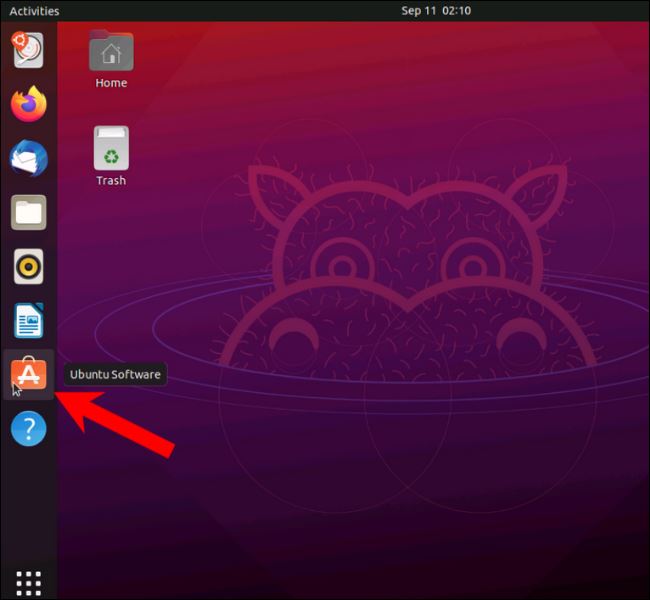
If you don’t find it in the sidebar, click Show Applications (nine dots forming a square), then click Ubuntu Software.
In the Ubuntu software, start typing "Steam" in the search bar.
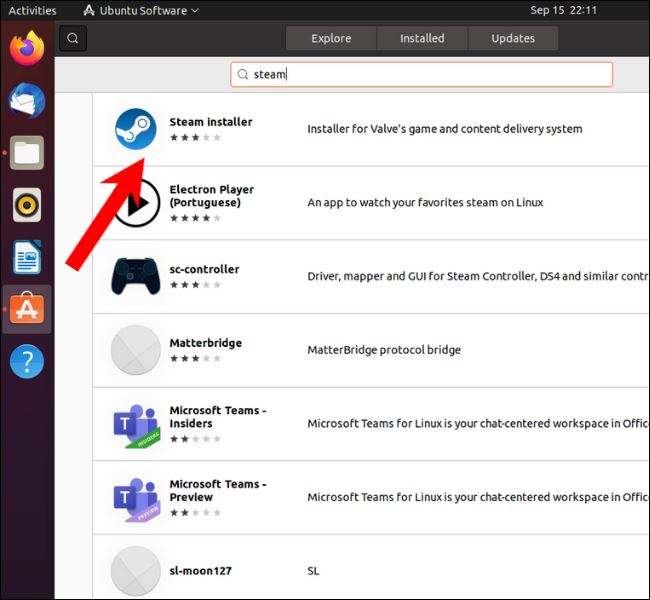
Click the install button.
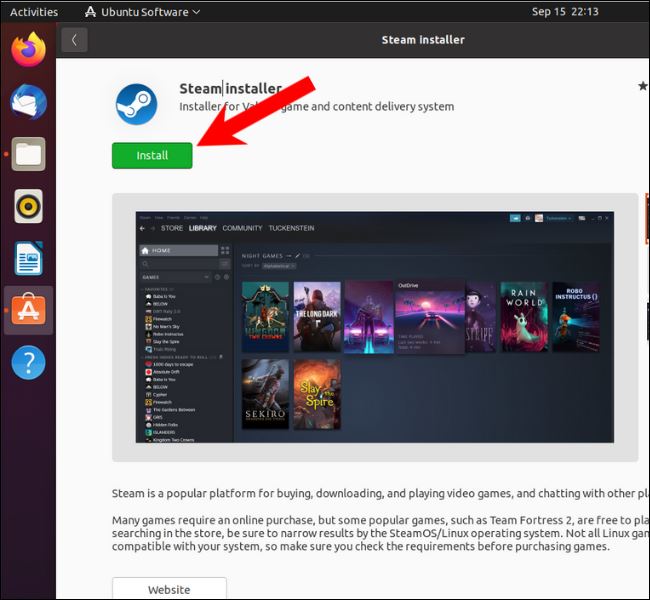
You will find the Steam app in the Applications menu. Double-click it to open it and let the application update before it launches.
You can alsoaptinstall Steam using command line tools in Ubuntu and Debian. For starters, apt is a package manager that collects resources from repositories and installs them on your Linux distribution. Almost every Debian-based and Ubuntu-based Linux distribution uses apt as its default package manager.
To install Steam on Ubuntu or any Ubuntu-based distribution such as LinuxMint, Pop!_OS, Elementary OS, and Lite, open a terminal and type the following command. Then press Enter.
sudo apt 安装蒸汽
The easiest way to install Steam on Debian is to download the DEB package from the official Steam download page.
Open a terminal and cd to the
/Downloads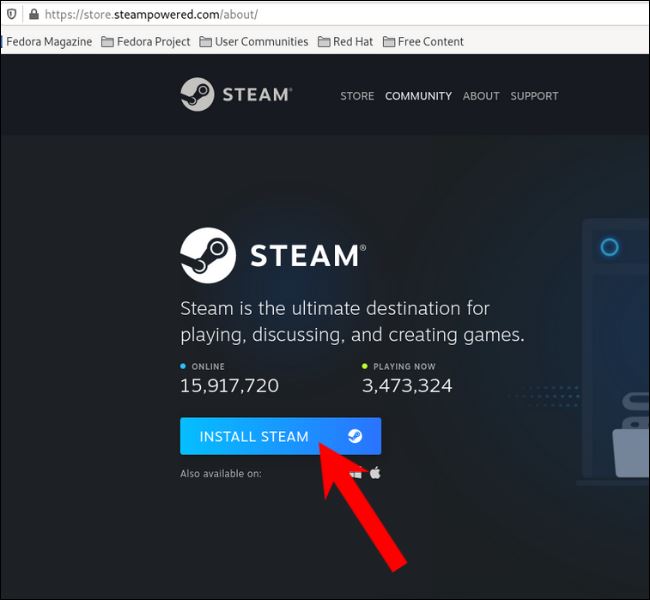 folder, then type the following command and press Enter.
folder, then type the following command and press Enter.
sudo apt install steam_latest.deb
How to install Steam on Fedora, OpenSUSE and RPM-based distributions To install Steam in Fedora using the CLI (Command Line Interface), you first need to add a third-party RPM Fusion repository. Open a terminal, copy and paste the following command, and press Enter.
sudo dnf install https://mirrors.rpmfusion.org/nonfree/fedora/rpmfusion-nonfree-release-$(rpm -E %fedora).noarch.rpm
Now that you have enabled the non-free Fedora repository, use this command to install Steam.
sudo dnf install steamOn OpenSUSE, you can install Steam using the Zypper package manager.
sudo zypper install steam
You can install Steam from a third-party EPEL (Extra Packages for Enterprise Linux) repository on other RPM-based distributions such as Red Hat Enterprise Linux.
Go to this link and download the Steam RPM file. Then open a terminal and move to the directory where you downloaded the file.
After entering the directory, type this command and press Enter.
How to install Steam on Arch-based distributions First, the pacman.conf file contains a list of repositories that the operating system should look for when the user is prompted to install a program.
Now that multilib is enabled, use this command to update the repository list. Sudo Pacman -Syu Finally, install Steam using the following commands. Sudo Pacman-S Steam Install Steam on any distribution using Flatpak One of the problems in Linux is the large number of package managers. This is one of the reasons people love Windows. Having countless Linux distributions with different package managers can cause confusion, but having one package manager mostly solves this problem. It's called a Flatpak. We won’t delve into how Flatpak works, but what you need to know is that it runs applications in an isolated environment (also called a sandbox) that contains all the basic libraries. Go to the official Flatpak installation page to learn how to install Flatpak on any Linux distribution. After the settings are completed and ready, enter the following command and press Enter. sudo flatpak install steam Wait for the installation to complete and you can start!
须藤 rpm -i steam-1.xxxx.x.rpm
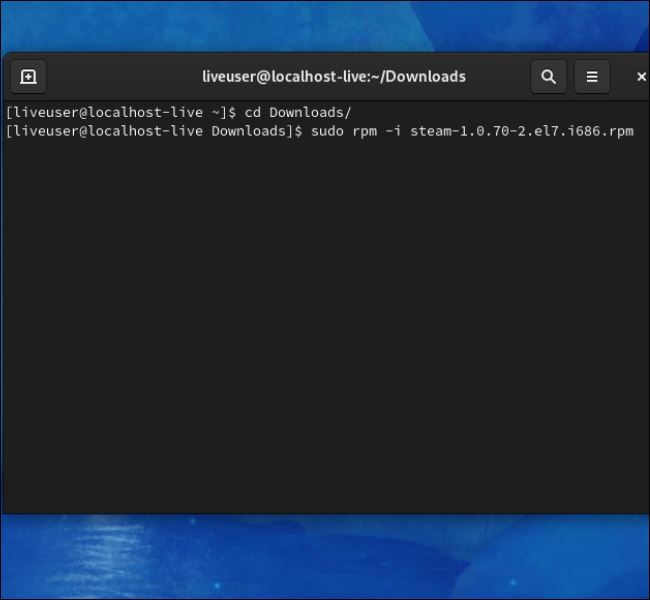
To install Steam on Arch-based distributions, you can use the default package manager Pacman. But before proceeding to enter the installation command, you first need to enable the multilib repository.
Open the terminal, enter the following command, and then press Enter.
须藤纳米 /etc/pacman.conf
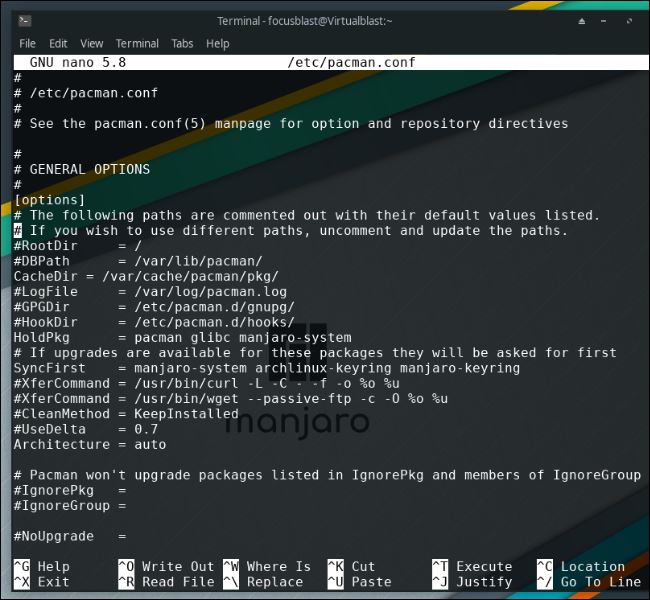
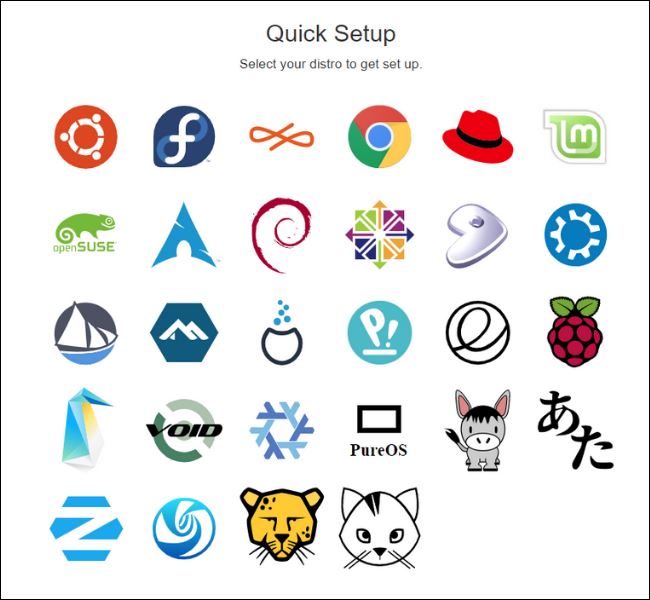
The above is the detailed content of How to install and download Steam on Linux?. For more information, please follow other related articles on the PHP Chinese website!

Hot AI Tools

Undresser.AI Undress
AI-powered app for creating realistic nude photos

AI Clothes Remover
Online AI tool for removing clothes from photos.

Undress AI Tool
Undress images for free

Clothoff.io
AI clothes remover

Video Face Swap
Swap faces in any video effortlessly with our completely free AI face swap tool!

Hot Article

Hot Tools

Notepad++7.3.1
Easy-to-use and free code editor

SublimeText3 Chinese version
Chinese version, very easy to use

Zend Studio 13.0.1
Powerful PHP integrated development environment

Dreamweaver CS6
Visual web development tools

SublimeText3 Mac version
God-level code editing software (SublimeText3)

Hot Topics
 What is the Linux best used for?
Apr 03, 2025 am 12:11 AM
What is the Linux best used for?
Apr 03, 2025 am 12:11 AM
Linux is best used as server management, embedded systems and desktop environments. 1) In server management, Linux is used to host websites, databases, and applications, providing stability and reliability. 2) In embedded systems, Linux is widely used in smart home and automotive electronic systems because of its flexibility and stability. 3) In the desktop environment, Linux provides rich applications and efficient performance.
 What are the 5 basic components of Linux?
Apr 06, 2025 am 12:05 AM
What are the 5 basic components of Linux?
Apr 06, 2025 am 12:05 AM
The five basic components of Linux are: 1. The kernel, managing hardware resources; 2. The system library, providing functions and services; 3. Shell, the interface for users to interact with the system; 4. The file system, storing and organizing data; 5. Applications, using system resources to implement functions.
 What is basic Linux administration?
Apr 02, 2025 pm 02:09 PM
What is basic Linux administration?
Apr 02, 2025 pm 02:09 PM
Linux system management ensures the system stability, efficiency and security through configuration, monitoring and maintenance. 1. Master shell commands such as top and systemctl. 2. Use apt or yum to manage the software package. 3. Write automated scripts to improve efficiency. 4. Common debugging errors such as permission problems. 5. Optimize performance through monitoring tools.
 How to learn Linux basics?
Apr 10, 2025 am 09:32 AM
How to learn Linux basics?
Apr 10, 2025 am 09:32 AM
The methods for basic Linux learning from scratch include: 1. Understand the file system and command line interface, 2. Master basic commands such as ls, cd, mkdir, 3. Learn file operations, such as creating and editing files, 4. Explore advanced usage such as pipelines and grep commands, 5. Master debugging skills and performance optimization, 6. Continuously improve skills through practice and exploration.
 What is the most use of Linux?
Apr 09, 2025 am 12:02 AM
What is the most use of Linux?
Apr 09, 2025 am 12:02 AM
Linux is widely used in servers, embedded systems and desktop environments. 1) In the server field, Linux has become an ideal choice for hosting websites, databases and applications due to its stability and security. 2) In embedded systems, Linux is popular for its high customization and efficiency. 3) In the desktop environment, Linux provides a variety of desktop environments to meet the needs of different users.
 What is a Linux device?
Apr 05, 2025 am 12:04 AM
What is a Linux device?
Apr 05, 2025 am 12:04 AM
Linux devices are hardware devices running Linux operating systems, including servers, personal computers, smartphones and embedded systems. They take advantage of the power of Linux to perform various tasks such as website hosting and big data analytics.
 What are the disadvantages of Linux?
Apr 08, 2025 am 12:01 AM
What are the disadvantages of Linux?
Apr 08, 2025 am 12:01 AM
The disadvantages of Linux include user experience, software compatibility, hardware support, and learning curve. 1. The user experience is not as friendly as Windows or macOS, and it relies on the command line interface. 2. The software compatibility is not as good as other systems and lacks native versions of many commercial software. 3. Hardware support is not as comprehensive as Windows, and drivers may be compiled manually. 4. The learning curve is steep, and mastering command line operations requires time and patience.
 Does the internet run on Linux?
Apr 14, 2025 am 12:03 AM
Does the internet run on Linux?
Apr 14, 2025 am 12:03 AM
The Internet does not rely on a single operating system, but Linux plays an important role in it. Linux is widely used in servers and network devices and is popular for its stability, security and scalability.






